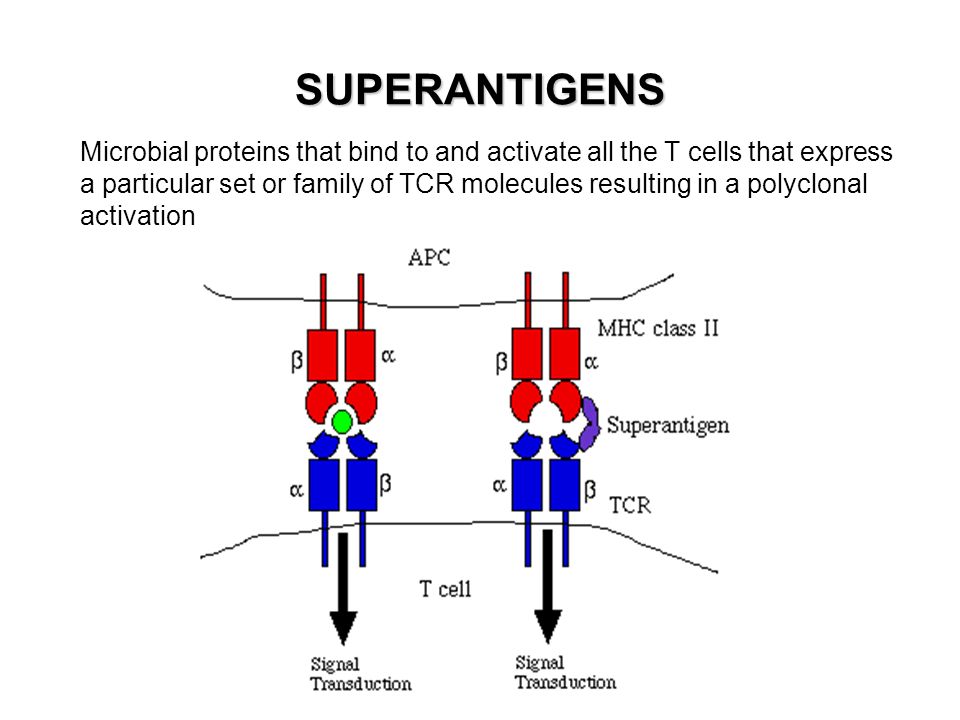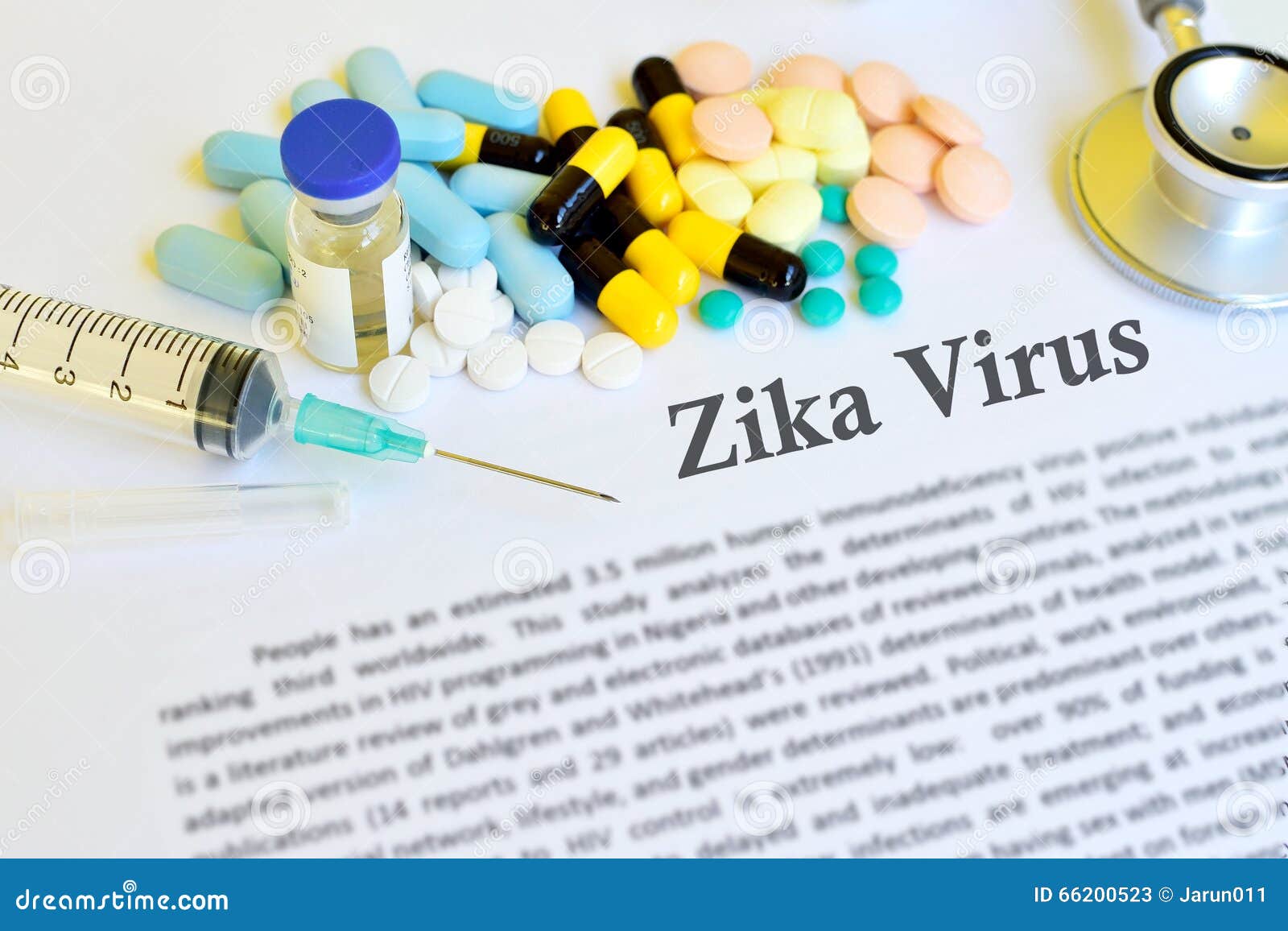Getting My The Role of Bacterial Superantigens in the Immune Response To Work


Superantigen - Wikipedia
The Best Guide To Popular school resume samples - Aptus
Superantigens, Superantigens are molecules that indiscriminately promote up to 20% of all T lymphocytes (regular action to antigen stimulates only 0. 01% of T cells), which launch huge amounts of proinflammatory cytokines such as growth factor (TNF-). When launched into blood, high levels of TNF- trigger life threatening hypovolemic shock and organ failure.

New superantigens discovered in Spyogenes - The Florey Institute
T cells and APCs are brought into direct contact by the bridging of the constant region of class II particles and the variable sections of the TCR -chain (V). Superantigen binding is distinct, however, because it occurs outside the regular binding cleft (Figure 6-7). Staphylococcal and streptococcal superantigens have actually been implicated in food poisoning, exfoliative dermatitis in babies (scalded skin syndrome), cellulitis, scarlet fever, and hazardous shock syndrome.
Enterotoxins are comparable to exotoxins but usually only trigger moderate to severe diarrhea. All staphylococcal enterotoxins can cause the symptoms of food poisoning, however just SEA and SEB are associated with exfoliative dermatitis. Poisonous shock syndrome is related to the TSST-1, SEB, or SEC2 superantigens. In the last 20 years, a boost has been seen in the occurrence of streptococcal harmful shock syndrome associated with necrotizing fasciitis or myositis.

Update on molecular diversity and multipathogenicity of staphylococcal superantigen toxins - Animal Diseases - Full Text
What Does Full article: Superantigens of a superbug - Taylor & Francis Do?

These stress produce three various superantigens (SPE-A, SPE-B, and SPE-C) and numerous pyogenic toxins. narrowband uvb phototherapy near me -A is specifically connected with streptococcal hazardous shock syndrome (s, TSS). Streptococcal and staphylococcal superantigens act in a similar way.
SEB, a normal bacterial superantigen (PDB:3 SEB). The -grasp domain is displayed in red, the -barrel in green, the "disulfide loop" in yellow. SEC3 (yellow) complexed with an MHC class II particle (green & cyan). The SAgs binds nearby to the antigen presentation cleft (purple) in the MHC-II. The T-cell receptor complex with TCR- and TCR- chains, CD3 and -chain device molecules.
Particularly it triggers non-specific activation of T-cells resulting in polyclonal T cell activation and enormous cytokine release. SAgs are produced by some pathogenic infections and bacteria more than likely as a defense system versus the body immune system. Compared to a typical antigen-caused T-cell response where 0. 0001-0. 001% of the body's T-cells are triggered, these Droops are capable of triggering up to 20% of the body's T-cells.
